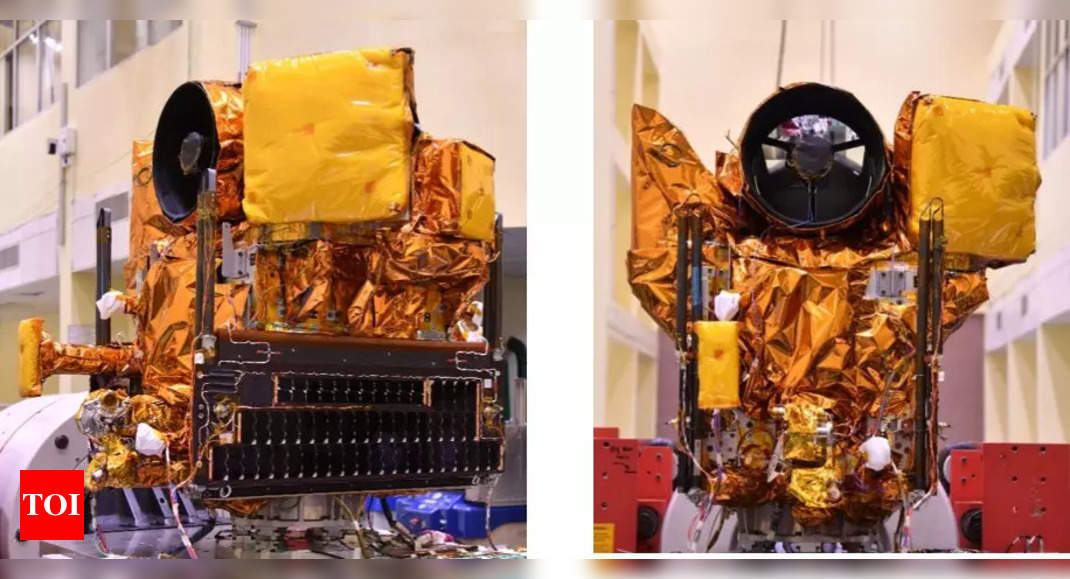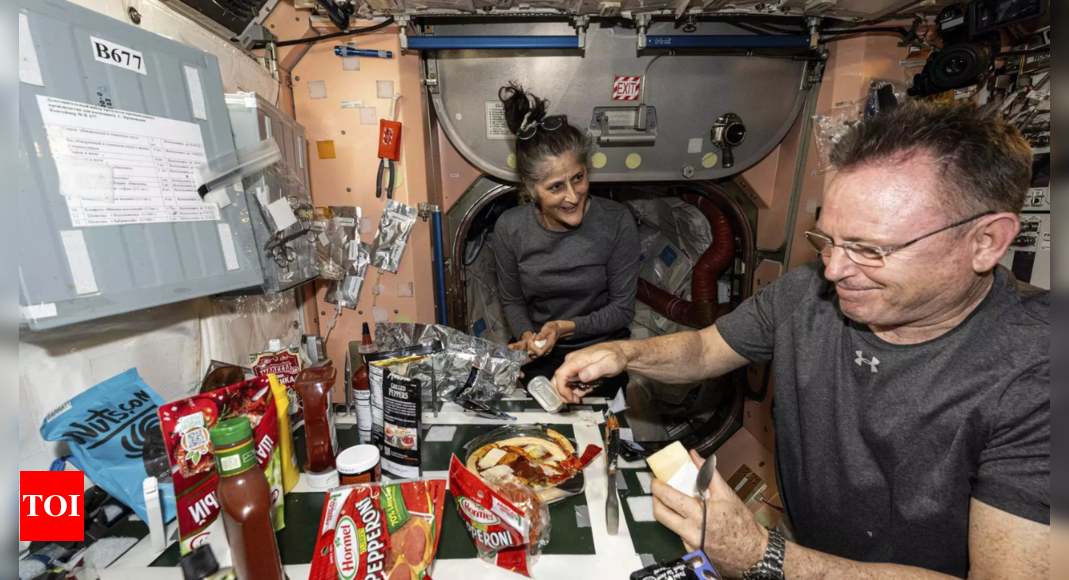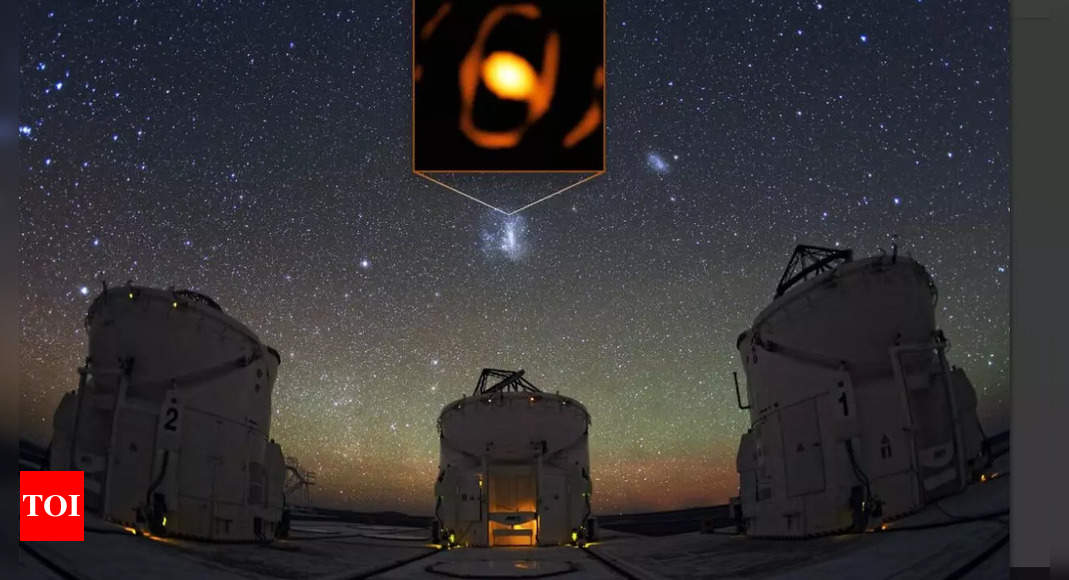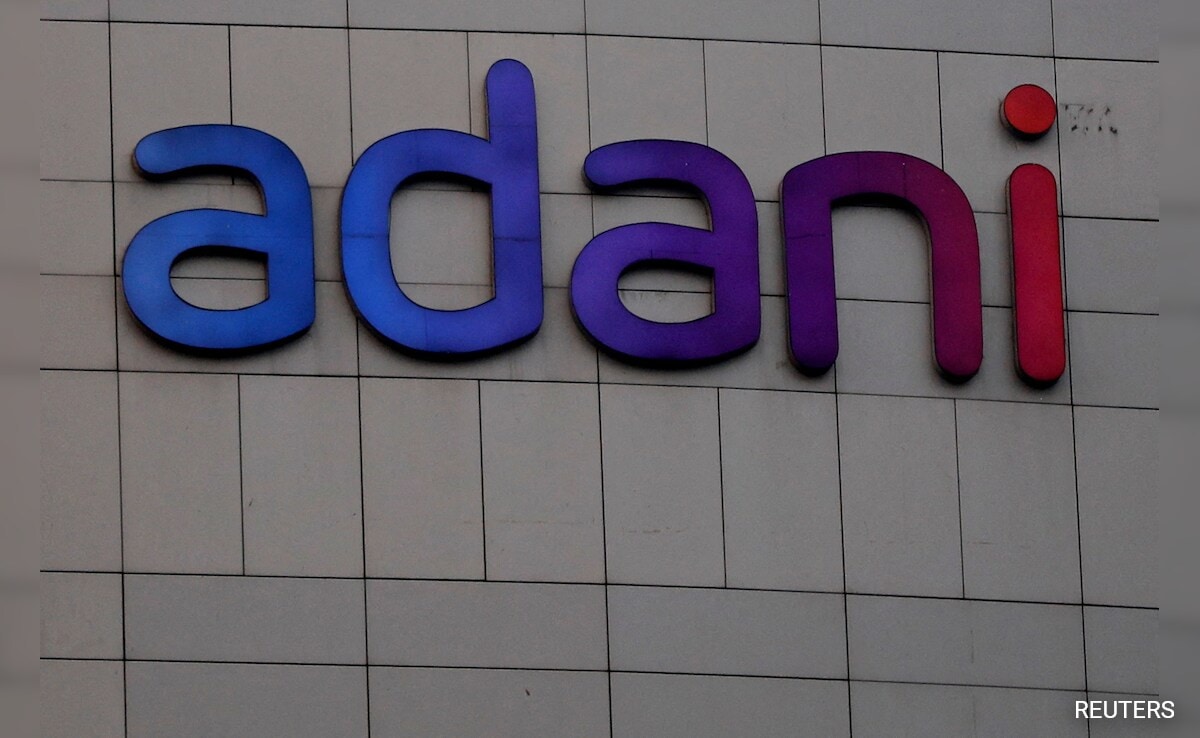
NEW DELHI: Isro will use its newly-developed small satellite launch vehicle, SSLV-D3, to launch Earth Observation Satellite-8 (EOS-8) on Aug 15.
“SSLV’s third and final flight will launch EOS-08 microsatellite on Aug 15, 2024, at 09:17 IST from Sriharikota. It completes the SSLV development project and enables operational missions by Indian industry and NSIL,” Isro posted on X.
Primary objectives of the EOS-08 mission include designing and developing a microsatellite, creating payload instruments compatible with the microsatellite bus, and incorporating new technologies required for future operational satellites, Isro said in a statement.
The spacecraft mission configuration is set to operate in a circular low earth orbit (LEO) at an altitude of 475 km with an inclination of 37.4°, and has a mission life of one year. The satellite has a mass of 175.5 kg and generates power of around 420 W.
Built on the Microsat/IMS-1 bus, EOS-08 will carry three payloads — electro optical infrared payload (EOIR), global navigation satellite system-reflectometry payload (GNSS-R) and SiC UV Dosimeter.
The EOIR payload is designed to capture images in the mid-wave IR (MIR) and long-wave IR (LWIR) bands, both during the day and night, for applications such as satellite-based surveillance, disaster monitoring, environmental monitoring, fire detection, volcanic activity observation, and industrial and power plant disaster monitoring.
EOS-08 marks a significant advancement in satellite mainframe systems such as an integrated avionics system, known as the communication, baseband, storage, and positioning (CBSP) package, which combines multiple functions into a single, efficient unit. This system is designed with cold redundant systems using commercial off-the-shelf components and evaluation boards, supporting up to 400 Gb of data storage.
Incorporating additional novel schemes, the EOS-08 mission improves satellite technology through X-band data transmission, utilising pulse shaping and frequency compensated modulation (FCM) for X-Band data transmitters. The satellite’s battery management system employs SSTCR-based charging and bus regulation, sequentially including or excluding strings at a frequency of 6 Hz.
“SSLV’s third and final flight will launch EOS-08 microsatellite on Aug 15, 2024, at 09:17 IST from Sriharikota. It completes the SSLV development project and enables operational missions by Indian industry and NSIL,” Isro posted on X.
Primary objectives of the EOS-08 mission include designing and developing a microsatellite, creating payload instruments compatible with the microsatellite bus, and incorporating new technologies required for future operational satellites, Isro said in a statement.
The spacecraft mission configuration is set to operate in a circular low earth orbit (LEO) at an altitude of 475 km with an inclination of 37.4°, and has a mission life of one year. The satellite has a mass of 175.5 kg and generates power of around 420 W.
Built on the Microsat/IMS-1 bus, EOS-08 will carry three payloads — electro optical infrared payload (EOIR), global navigation satellite system-reflectometry payload (GNSS-R) and SiC UV Dosimeter.
The EOIR payload is designed to capture images in the mid-wave IR (MIR) and long-wave IR (LWIR) bands, both during the day and night, for applications such as satellite-based surveillance, disaster monitoring, environmental monitoring, fire detection, volcanic activity observation, and industrial and power plant disaster monitoring.
EOS-08 marks a significant advancement in satellite mainframe systems such as an integrated avionics system, known as the communication, baseband, storage, and positioning (CBSP) package, which combines multiple functions into a single, efficient unit. This system is designed with cold redundant systems using commercial off-the-shelf components and evaluation boards, supporting up to 400 Gb of data storage.
Incorporating additional novel schemes, the EOS-08 mission improves satellite technology through X-band data transmission, utilising pulse shaping and frequency compensated modulation (FCM) for X-Band data transmitters. The satellite’s battery management system employs SSTCR-based charging and bus regulation, sequentially including or excluding strings at a frequency of 6 Hz.









